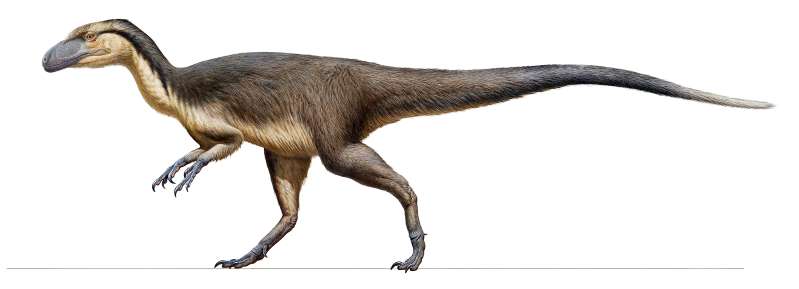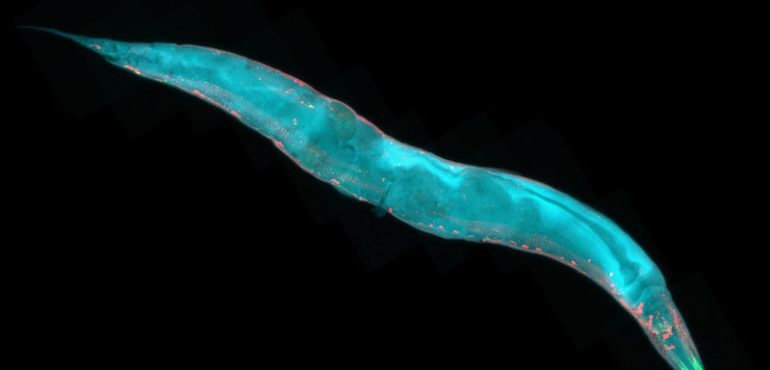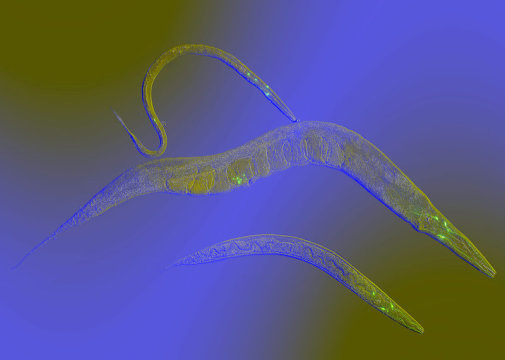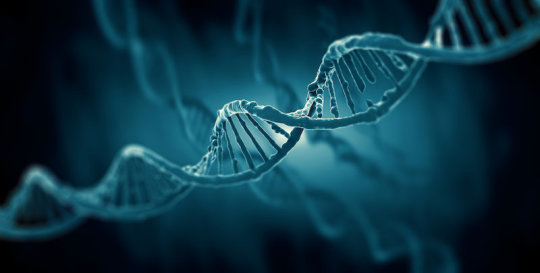Ten exquisitely preserved fossil feathers found in Australia represent the first solid evidence that feathered dinosaurs lived at Earth’s poles, paleontologists report in an upcoming study in the journal Gondwana Research. The feathers date back 118 million years to the early Cretaceous period, when Australia was much farther south and joined with Antarctica to form…
Read more
In a first, fossil dinosaur feathers found near the South Pole










